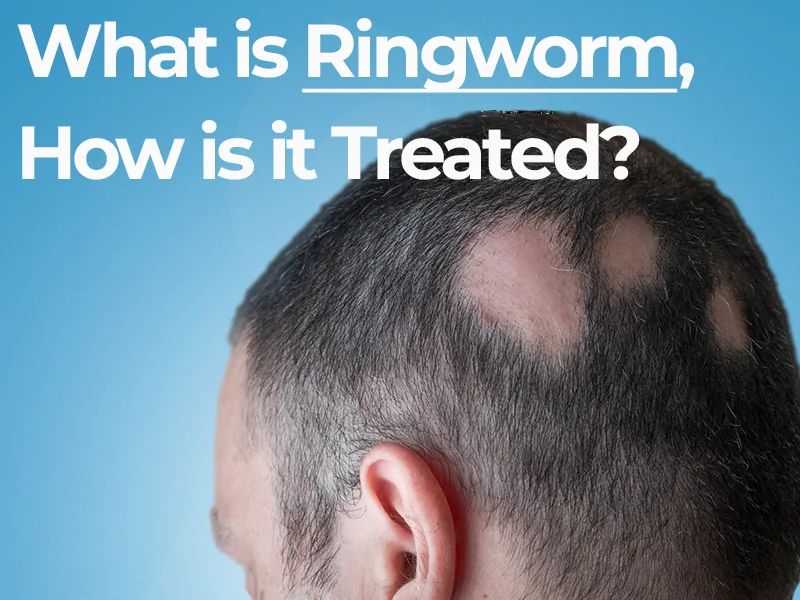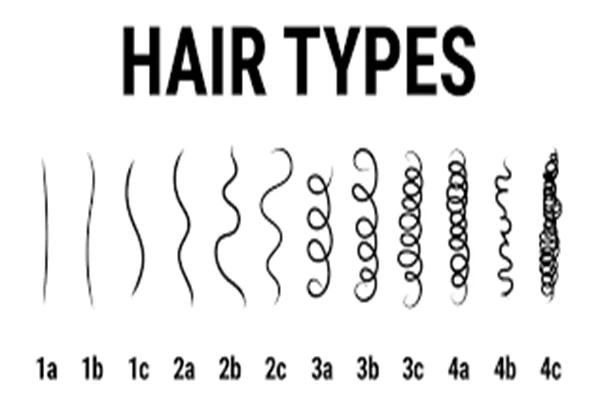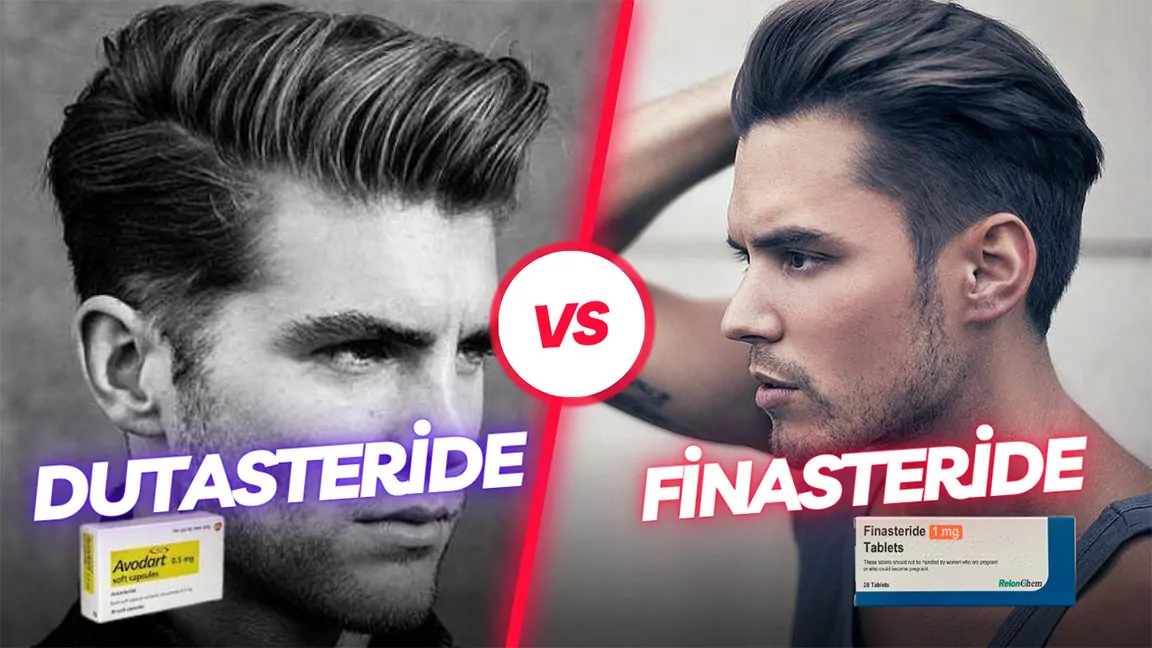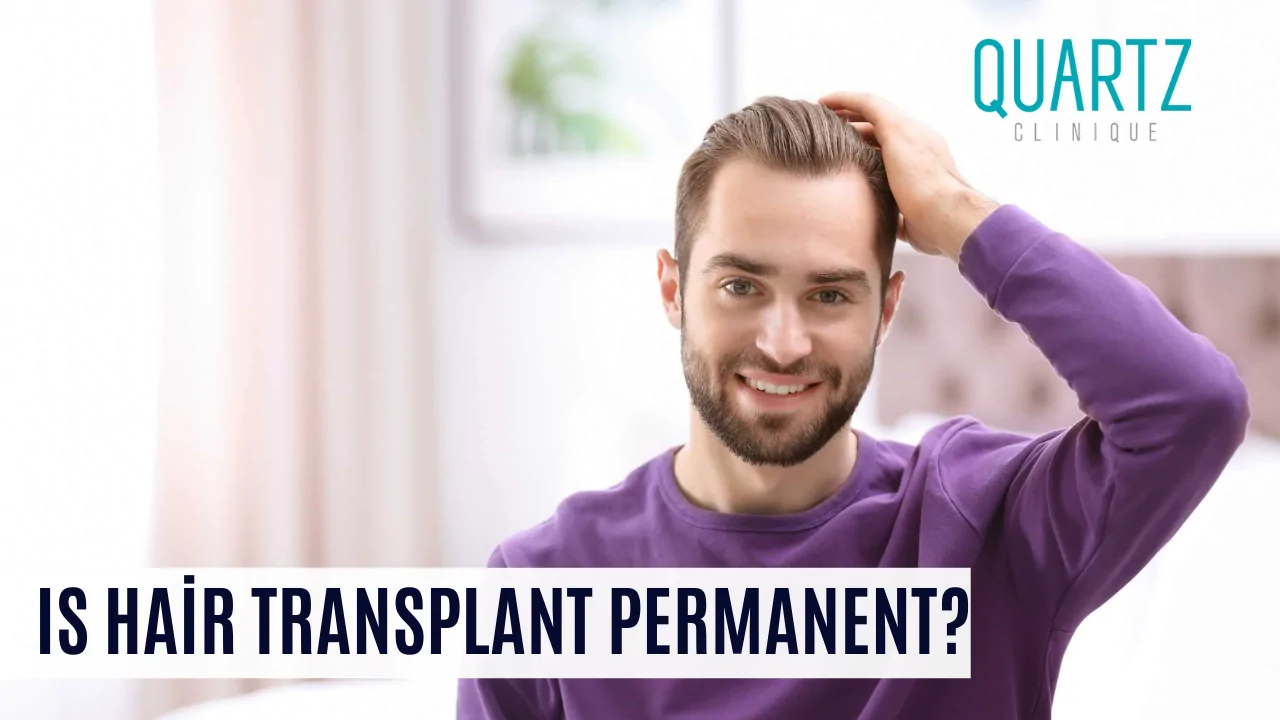
Tinea Capitis (Scalp Ringworm)
Tinea capitis, commonly known as scalp ringworm, is a contagious fungal infection that affects the scalp and hair shafts. Despite its misleading name, tinea capitis is caused not by a worm, but by dermatophyte fungi that feed on keratin, the protein found in hair, nails, and skin.
This condition is especially common in children but can also occur in adults, particularly those with weakened immune systems. If left untreated, it can lead to inflammation, hair breakage, and even permanent hair loss.
What Causes Tinea Capitis?
Tinea capitis develops when dermatophyte fungi infect the outer layer of the scalp and hair follicles. The infection spreads rapidly in warm, humid environments and can be transmitted through:
- Direct contact with infected individuals
- Sharing contaminated objects, such as combs, hats, towels, or bedding
- Contact with infected animals (cats, dogs, or livestock)
- Exposure to contaminated soil
- Weakened immunity due to conditions such as HIV or chemotherapy
These fungi thrive in moisture, making personal hygiene and scalp care essential to prevention.
Common Symptoms of Tinea Capitis
The symptoms of tinea capitis vary depending on the fungal species and the individual’s immune response. The most typical signs include:
- Itchy, scaly patches on the scalp
- Circular bald spots or hair breakage
- “Black dots” where infected hair has broken off
- Pain, tenderness, or crusted lesions
- Swollen lymph nodes near the neck (in advanced infections)
In severe cases, the infection can cause kerion, an inflamed mass filled with pus, which can result in scarring and permanent hair loss if not treated promptly.
Types of Dermatophyte Infections
While tinea capitis affects the scalp, other forms of ringworm target different body areas.
Here is a detailed table showing the main types:
| Type | Affected Area | Common Name | Key Symptoms |
|---|---|---|---|
| Tinea capitis | Scalp & hair shafts | Scalp ringworm | Itchy bald patches, scaling, broken hair |
| Tinea corporis | Body (arms, legs, torso) | Body ringworm | Red, circular rash with raised edges |
| Tinea pedis | Feet & toes | Athlete’s foot | Itchy, cracked skin between toes |
| Tinea cruris | Groin area | Jock itch | Red, itchy rash in skin folds |
| Tinea unguium | Nails | Nail fungus | Thick, discolored, brittle nails |
How Long Does Hair Loss from Tinea Capitis Last?
Hair loss caused by tinea capitis is generally temporary if treated early.
Once antifungal therapy begins, new hair growth is often observed within 8–12 weeks.
However, in severe or neglected infections that cause follicular scarring, hair loss may become permanent.
The extent and duration of hair regrowth depend on:
- Severity of infection
- Promptness of treatment
- Patient’s immune status
- Presence of inflammation or kerion formation

Treatment for Tinea Capitis
1. Oral Antifungal Therapy
Topical treatments alone are not sufficient for tinea capitis because the infection resides deep in the hair follicles.
Therefore, systemic antifungal medications are required:
- Terbinafine (Lamisil) – highly effective and well-tolerated
- Griseofulvin – traditional option for pediatric cases
- Itraconazole or Fluconazole – alternatives in resistant infections
Treatment duration: 6–8 weeks, depending on severity.
2. Topical Adjunctive Treatments
- Antifungal shampoos containing ketoconazole or selenium sulfide help reduce fungal load and prevent reinfection.
- Should be used 2–3 times a week alongside oral medication.
3. Hygiene and Preventive Care
- Wash pillowcases, hats, and towels in hot water.
- Avoid sharing hair accessories or brushes.
- Keep the scalp clean and dry.
- Check household members or pets for fungal lesions.
Is Tinea Capitis Contagious?
Yes, tinea capitis is highly contagious.
It spreads through:
- Direct contact with infected individuals or animals
- Sharing personal items or contaminated surfaces
- Contact with infected soil
Good hygiene practices, early diagnosis, and antifungal treatment are essential to prevent outbreaks, especially in households or schools.
Prognosis and Hair Regrowth
With timely and adequate treatment, the prognosis of tinea capitis is excellent.
Most patients experience complete resolution and full regrowth of hair.
For those with scarring alopecia, hair transplantation or PRP (Platelet-Rich Plasma) therapy may help restore density in affected areas.
Tinea capitis is a widespread but curable fungal scalp infection that often causes temporary hair loss.
Prompt antifungal therapy, combined with proper hygiene and scalp care, ensures full recovery and prevents recurrence.
Recognizing early symptoms such as itching, scaling, and hair breakage can significantly improve treatment outcomes and preserve scalp health.





